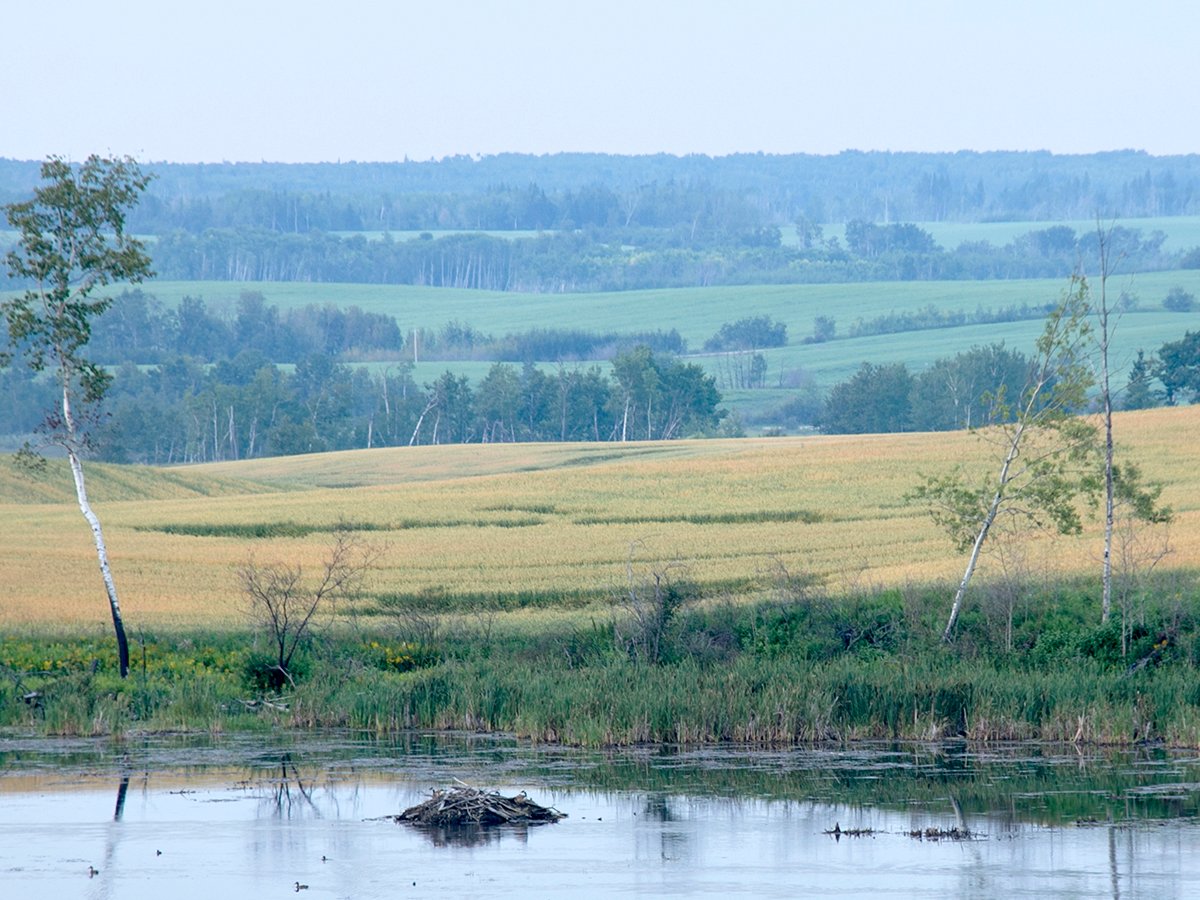MOOSE JAW, Sask. – Food security is a much broader concept than being self sufficient and eating locally, said experts speaking at the recent Farming For Profit conference.
The issue has become a priority for consumers recently, and many of them have gravitated to the 100 Mile Diet and farmers’ markets.
But eating locally is not the answer to food security for everyone.
“Focusing too much on local food, I think, clearly is a red herring,” University of Saskatchewan agricultural economist Jill Hobbs said during a discussion on whether a global food security institute should be established in Saskatchewan.
Read Also

Intergenerational rollover rules can help succession plans
One of the most significant concerns in succession planning for farmers is the tax bill that can come with passing the farm to the next generation.
She told the conference that 22 percent of the world’s population lives in south Asia and has 15 percent of the arable land.
Conversely, 14 percent of the population lives in Organization for Economic Co-operation and Development countries and has 26 percent of the land.
Hobbs said international trade is one of five fundamentals of food security, along with innovation and productivity, supply chains and institutions, climate change, and aboriginal and remote northern communities.
Al Scholz, a Saskatoon-based farm business management adviser and policy consultant, agreed that food security is best obtained through an open trade system.
He told the conference that food sovereignty is not the same as food security and can in fact threaten food security.
“The sustainability of prairie agriculture systems gets mixed up with the notion of food sovereignty,” he said.
“(It) is equated with being self sufficient in food.”
Food security exists when everyone has access at all times to enough and safe food.
Food sovereignty, including local control, is the system established to meet that goal.
Scholz wondered if Saskatchewan is qualified to host a food security institute even though it produces large quantities of commodities.
“We don’t produce food in Saskatchewan,” he said. “By and large, we produce ingredients.”
The province was the last to establish a food processors’ association and produces fewer food products than any other province.
Bill Kerr, senior associate at the Estey Centre Journal of International Law and Trade Policy, said food security is usually threatened when prices climb.
“Food price spikes come because of some kind of local food system failure,” he said.
A global price spike occurs when several of these happen at once.
“One should never really rely on local.”
He said southeastern Saskatchewan is facing an agricultural disaster this year because of flooding, but food will move in from other areas.
Climate change and expanding population will push the environment hard and lead to more local failures, he warned.
He said famine is the worst kind of food insecurity, mostly because of distribution and waste problems.
Scholz said one billion people go to bed hungry each night, another billion are undernourished and at least one billion are overnourished.
He said the world produces enough food to make its population food secure. Production could double or triple in some parts of the former Soviet Union and Africa.
“Somebody in the world is planting wheat every week of the year,” he said.
However, post-harvest waste and storage conditions contribute to a 40 percent loss of food in some places. Solving that problem could also alleviate food security concerns.















